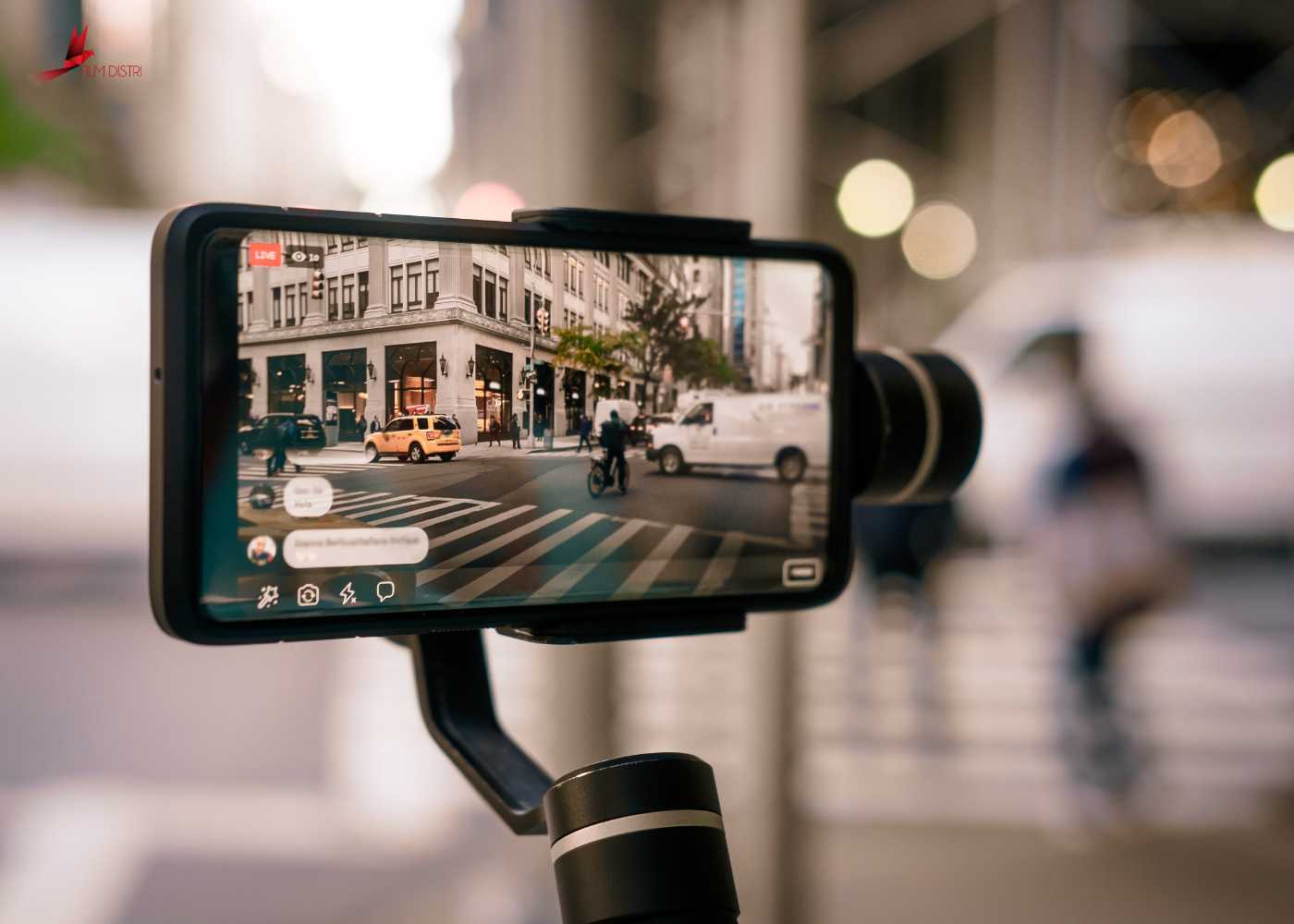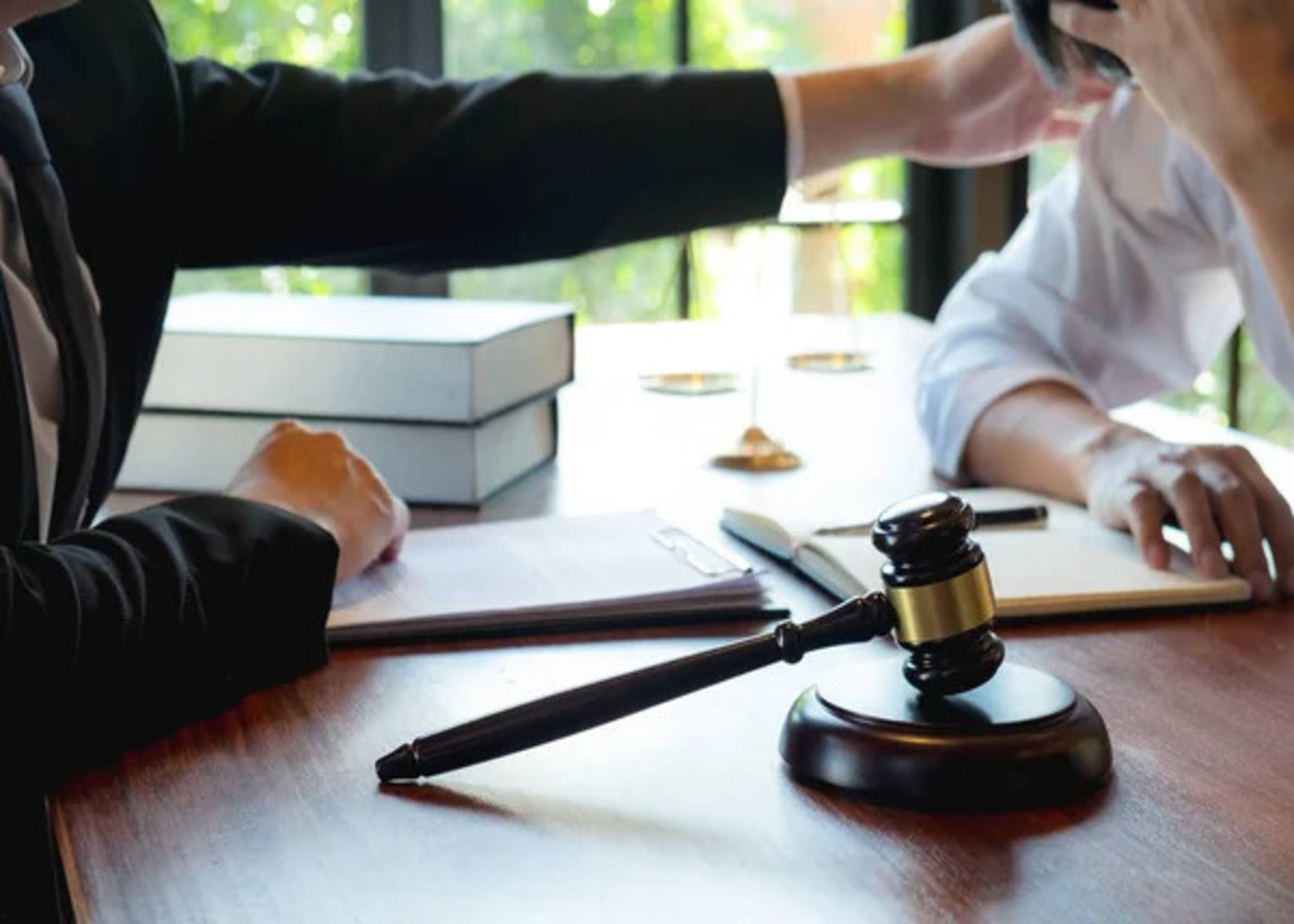The functions of an iPhone these days go beyond merely placing calls, sending texts, and stalking social media. An iPhone is the ideal device for producing high-quality films to draw an audience and increase money because of the significant advances in camera performance and iOS software updates.
The capabilities of the first iPhone, which was released in 2007, and the current model are nothing short of fantastic, but the improvements to iPhones over the past five years have also been nothing short of challenging to master.
To put it another way, making the most of your smartphone camera isn't always simple. Without the correct equipment and knowledge, your video's lighting may be poor, the audio may be scratchy, the quality may be low, the footage may be choppy, and obstructions may be obstructing your vision. You understand that a lot might go wrong!
We wrote this manual on how to film with iPhone devices like a pro as a result. You may learn the proper techniques for using an iPhone camera here. Additionally, we'll discuss a few pieces of iPhone video equipment that can assist you in producing professional-caliber videos that can increase your audience and boost your earnings.

How to Make a Video on an iPhone Smartphone
Jumping into things without doing your research is not the best course of action if your goal is to produce a quality iPhone video. There are a number of critical actions to take before pressing the red record button, 10 to be exact.
Step 1: Prepare Your Content for iPhone Filming.
Any type of video creation should always begin with careful planning and preparation of the content. It's strongly advised that you at least draught a basic overview of your video material, even if you're the type of person who prefers to dive in without much thought. While some people prefer to write down the entire script word-for-word, others prefer to use straightforward bullet points that cover the main ideas.
No matter how meticulous you are with your content preparation, the important thing to remember is that some amount of planning is required. You can shoot video on iPhone devices more quickly with the appropriate planning, and there's a strong possibility that the footage will be more interesting to your viewers as well.
Step 2: Select the Location for Your Filming
The next stage after preparing the topic is to choose a place for filming. It's okay if some of us have fewer options for where to shoot videos than others. The most important thing to keep in mind is to choose a shooting setting with as little distractions as possible.
Many different things, such as your neighbour mowing the grass, aeroplanes passing overhead, or a roommate cooking in the kitchen, can interfere with both your video and your line of thinking. These items may distract the audience and most likely will, just as they may distract you. So simply attempt to locate a room with little ambient noise.
The general atmosphere is a crucial consideration when choosing a location for a movie. By that, we mean that the setting should complement the tone of the next video material. There is a reason why Food Network movies are created in kitchens rather than in commercial gym facilities.
Another short point about the filming location is that you may make things simpler for yourself by selecting a site that you can use repeatedly. There will be a lot more work involved in putting up, taking down, packing up, and getting in the game if you have to change the venue every time.
Step 3: Select a front or back camera
It's time to start experimenting with your camera now that you've secured your filming spot. Step #3, choosing the direction of your camera, is now available. You have two choices for this: the front-facing camera (often known as the selfie camera) or the phone's main camera.
Let's look more closely because each has its own advantages and disadvantages:
1. Utilizing the Main Camera
The main camera lens on the rear of an iPhone serves as the device's primary camera. You might assume that choosing this lens is a no-brainer as it normally produces the best videos. The primary camera does have certain limitations, though.
The greatest one is that because the screen will be turned away, recording videos alone can be challenging. As a result, you won't be able to quickly glance at the screen to check the status of the recording or the video quality.
The good news is that there are certain useful techniques, such as using a mirror, that make it simpler to capture films by yourself using the main camera.

2. Selfie camera usage (Front-Facing Camera)
The other choice is to make use of the front-facing camera on the phone, also referred to as the "Selfie" camera. This is the simpler option because you can see yourself while filming. Furthermore, thanks to recent iPhone camera improvements, even the front-facing lens is fully capable of producing high-quality video.
Always maintaining eye contact with the selfie camera's lens is a crucial tip to keep in mind. When taking a selfie video, it's typical to make the mistake of focusing on the camera instead of yourself.
When it occurs, there is no making of eye contact with the audience. Keep your gaze on the lens at all times because doing otherwise appears awkward and is uninteresting.
3. Go Horizontally
Get with the programme and start watching videos in widescreen on sites like YouTube, Facebook, and Vimeo. You can completely fill a web player with just a simple horizontal phone spin. Additionally, because it has a TV screen's shape, your viral video won't appear amateurish when it makes the news.
4. Remove the Shakes
Purchase a small tripod, or even better, a camera gimbal. Place your hips towards the direction of the end of the shot while panning a handheld shot. A nasty little tip: Buy a selfie stick if you're alone and want a professional-looking image of yourself from the perspective of a third person. The snickers of spectators can be removed later in editing.
5. Watch the Light
To keep your subject well lighted, shoot video with the sun at your back. When an actor is backlit, you can usually alter the exposure in video capture software, but you always run the danger of blowing out the rest of the scene. When lighting an area indoors, position standing lamps to make a straightforward three-point configuration; reposition them as necessary to get rid of harsh shadows.
6. Maintain Your Concentration
Tangerine, a full-length feature film directed by Sean Baker, was entirely created using an iPhone 5s. He decided on a Moondog Labs anamorphic lens adaptor. When you accept that your entire scene will be in focus, it becomes a significant aspect of the movie, says Baker. I wanted people to see areas of Los Angeles that they typically wouldn't. Baker's expert advice is to make sure your gimbal can support the weight of your lens adapter if you're using one.
Step 4: Clean the lens of your camera
You might be shocked by how many individuals shoot iPhone videos through a dirty lens as this following step may seem obvious to most. Make it a practise to clean off the camera lens before you begin recording because fingerprints, dirt, makeup, and skin oils can significantly reduce the quality of your videos.
Spend only five seconds making sure it really is clean, even if it appears to be. It's preferable to use a microfiber cloth or soft cloth similar to what you'd use to clean a pair of glasses to prevent scratching the lens.

Step 5: Stabilize your iPhone for filming.
An unsteady and shaky web video does not appear professional. Even if you believe your hands are stable, seeing the movie back will make you understand they aren't as solid as you originally believed.
Numerous techniques exist for stabilising an iPhone for video. Even a selfie stick can help lessen shakiness; it can be as simple as leaning the device against a bookcase. A gimbal stabiliser like the Osmo Mobile will come in useful if you intend to move around while filming.
There are many methods for stabilisation for video producers who intend to remain still while recording. Just be sure you position the phone correctly, ideally with the lens a little below eye level.
Step 6: Connect your microphone in step seven.
We've mainly discussed the visual components of iPhone videos up to this point, so let's concentrate on the audio now.
It's simple to make the case that excellent audio is the most crucial component of your film, perhaps even more crucial than the image itself.
It can be annoying if the audience can't understand you due of scratchy, distorted audio. Not only that, but their lack of involvement may possibly be preventing your message from reaching them. Additionally, even if the video isn't useable, you may still use that with B-roll stock footage, photographs, text, graphics, and other media as long as you have good audio footage.
Step 7: Check the phone's settings.
When getting ready to record, the first thing to check in a phone's settings is the storage space to make sure it can accommodate the videos being recorded. You might need to move them to another device or run an iCloud backup in order to free up space on your smartphone.
The next phone setting to examine is battery life. To avoid getting the annoying "Low Battery" alert mid-film, it's a good idea to have a fully charged phone before beginning.
The resolution comes next, and the general rule is that a greater resolution is better. While some iPhones can only produce videos in 1080 pixels, some can produce them in 4K. Although 4K is the optimal resolution, 1080p (or even 720p, if that's your only choice) is typically sufficient.
You should begin with the best resolution possible because you may always lower the quality later if necessary. Going from lower to higher pixel counts does not function in this manner.
Step 8: Enter Airplane or Do Not Disturb mode.
While recording, an iPhone should always be in Airplane mode or Do Not Disturb mode to block all notifications, texts, and phone calls.
There's no way to predict how many messages, emails, or calls you'll receive while using your iPhone to record a YouTube video because it's likely that this device serves as your primary method of contact. These can divert your attention or, worse yet, cause you to lose the footage you've already captured. So be careful not to neglect Step #8, which is a simple transition to Airplane or Do Not Disturb mode.
Step 9: Lock down camera settings.
Step #9 is to lock down your camera settings after you've checked your phone's settings.
It's awesome that modern smartphones can alter exposure and brightness, but it's essential to pre-set your optimum settings before recording a video to ensure that you (or whatever the topic of the video may be) are in focus while being filmed.
This entails launching the camera app, switching to video mode, selecting the camera lens you'll be using, and making any necessary tweaks to the shot's framing.
You can set AEAD lock, auto exposure, and auto focus lock in a box that appears if you tap and hold the focus area. These options are advantageous since they enable users to lock the focus on a single object. Simply tap the screen and swipe up or down to change the brightness (up for brighter, down for darker).

There are also other apps, such as FiLMiC Pro (our top pick for the best camera app for iPhone filmmaking), that enable users to advance the quality of their video production by providing DSLR-like settings that can be used right on the phone.
Step 10: Record a test video.
Do yourself a favour and record a practise video before starting the actual thing because you've already come this far. This will give you a chance to examine the lighting and audio and make any necessary corrections.
In order to pass the test, set up the scene as though it were the actual thing, sit in the exact same position as you would in the video, hit record, and then present for 10 to 20 seconds to check that everything is reading correctly. The best aspect about this time-saving method is that it just requires a short amount of your time.
You might need to unplug your microphone to hear the audio while playing back your video to make sure everything is set up for filming. Just make sure to reconnect everything once your test is finished if that's the case to avoid producing a video with no audio.
You are now prepared to film professional videos on an iPhone!
Here it is: a comprehensive guide on using your iPhone to capture high-quality films.
Everything you require to maximize the use of your smartphone is explained in our 10-step approach. You can now produce high-quality videos that you will be proud of and that your viewers will adore.







